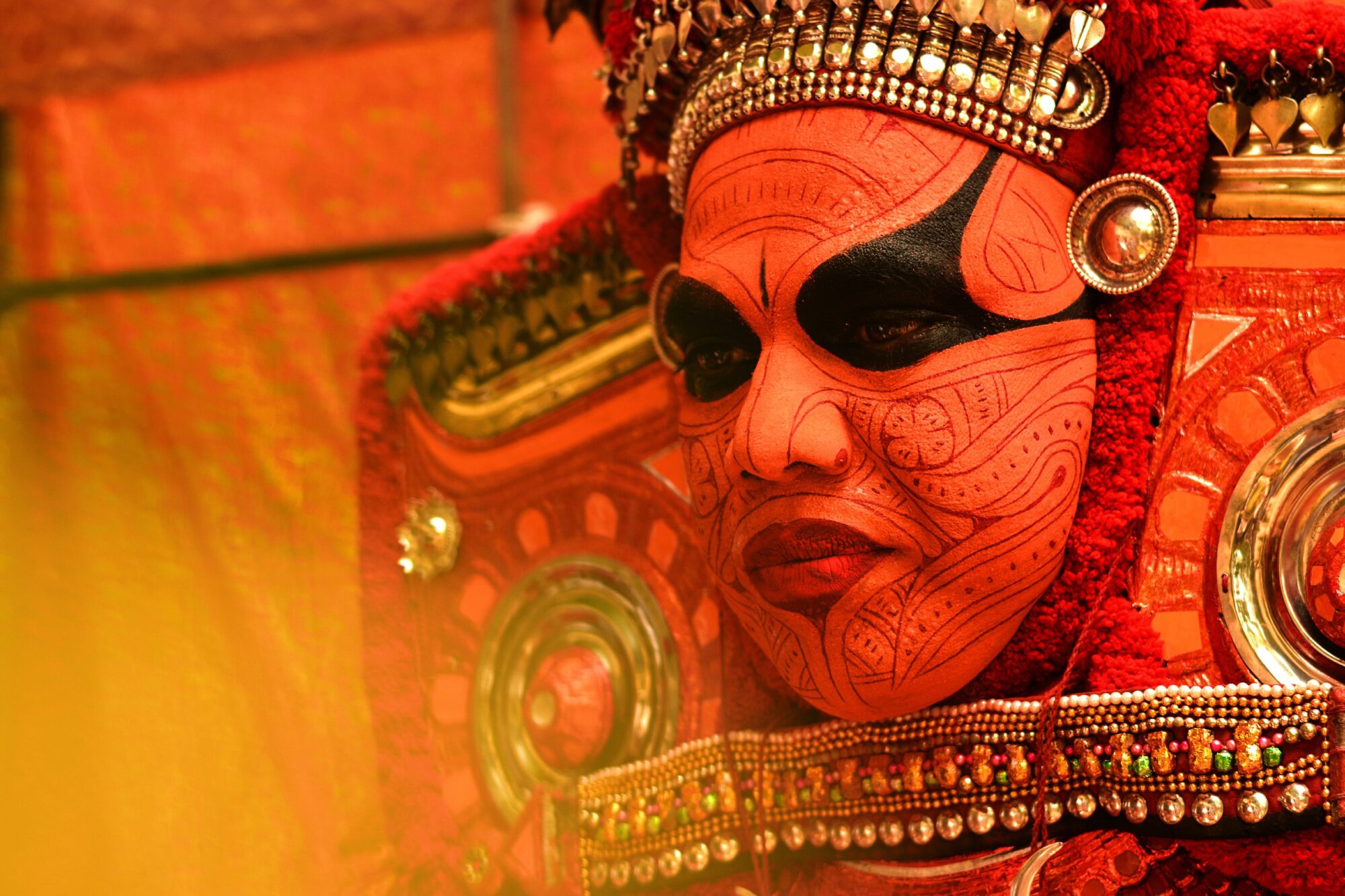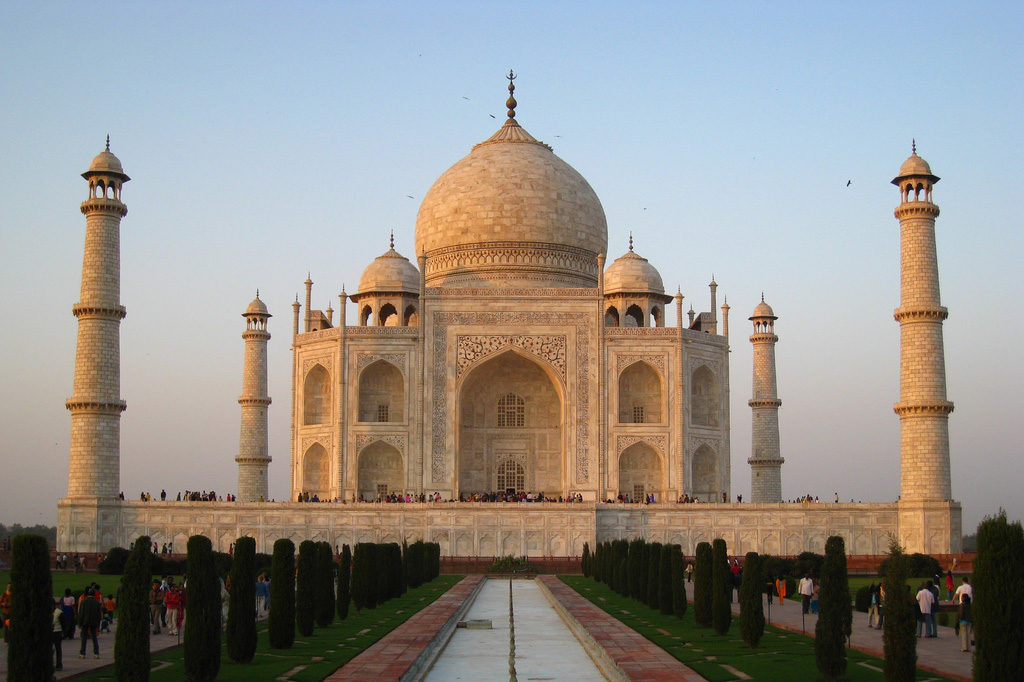What should one definitely see in India?
India is such a diverse and vast country with a myriad of attractions, but here the 5 must-see places include:
- Taj Mahal, Agra: This iconic symbol of love is a UNESCO World Heritage Site and one of the Seven Wonders of the World. Its stunning white marble architecture and intricate designs make it a must-visit for anyone traveling to India.
- Jaipur, Rajasthan: Known as the Pink City, Jaipur is famous for its majestic forts, vibrant bazaars, and rich cultural heritage. Don’t miss visiting the Amber Fort, City Palace, and Hawa Mahal while exploring this enchanting city.
- Varanasi, Uttar Pradesh: Considered one of the oldest inhabited cities in the world, Varanasi is a spiritual hub for Hindus. Witness the mesmerizing Ganga Aarti ceremony on the ghats of the river Ganges, take a boat ride along the sacred river, and explore the narrow alleys filled with temples and bustling markets.
- Kerala Backwaters: Experience the tranquil beauty of Kerala’s backwaters by taking a houseboat cruise through the interconnected network of lakes, canals, and rivers. It’s a unique opportunity to witness rural life, lush greenery, and exotic bird species in their natural habitat.
- The Golden Temple, Amritsar: This spiritual and cultural centre for the Sikh religion is a breath-taking sight, especially when illuminated at night. The Golden Temple, also known as Harmandir Sahib, welcomes people from all walks of life to its serene surroundings and offers a glimpse into Sikh traditions and hospitality.
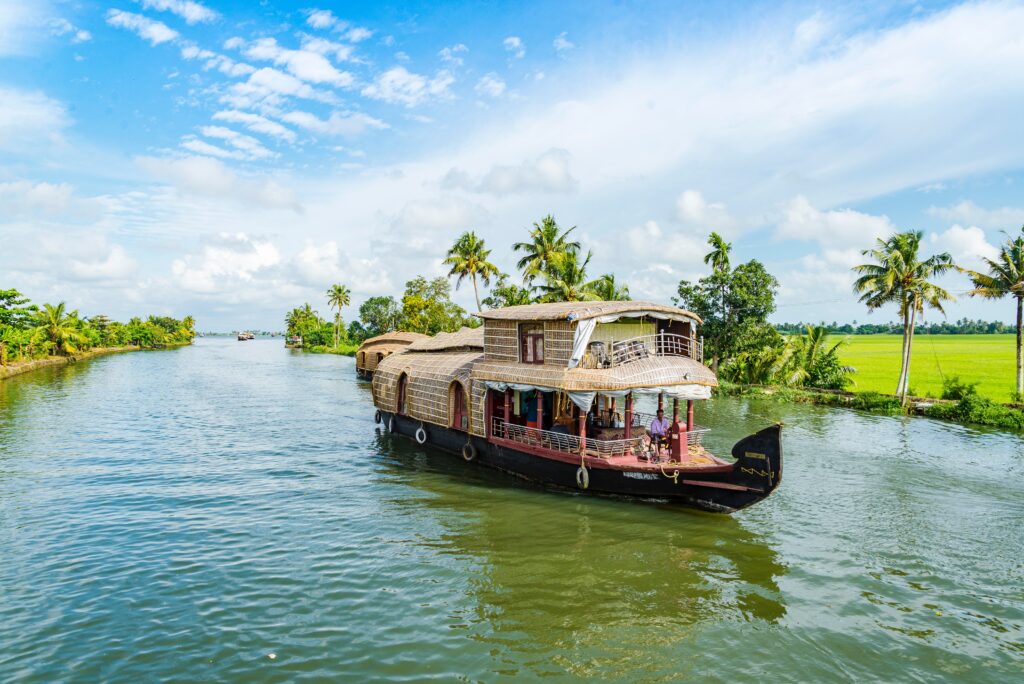
Is there anything to see that is not so touristy?
Exploring off-the-beaten-path destinations in India can offer a more authentic and less touristy experience. Here are some places you might consider:
- Spiti Valley, Himachal Pradesh: Tucked away in the remote Himalayas, Spiti Valley offers rugged landscapes, ancient monasteries, and authentic Himalayan culture. Visit quaint villages like Tabo and Dhankar, trek to the stunning Chandratal Lake, and witness the raw beauty of this high-altitude desert region.
- Hampi, Karnataka: While not entirely unknown, Hampi offers a quieter alternative to some of India’s more touristy destinations. Explore the mesmerizing ruins of the Vijayanagara Empire, go bouldering amidst the surreal landscape, and soak in the laid-back vibe of this UNESCO World Heritage Site.
- Majuli Island, Assam: Majuli is the largest river island in the world and remains relatively untouched by mainstream tourism. Discover Assam’s unique culture, visit traditional Satras (monasteries), interact with the friendly locals, and witness breathtaking sunsets over the Brahmaputra River.
- Chettinad, Tamil Nadu: Step off the tourist trail and delve into the rich heritage of the Chettiar community in Tamil Nadu’s Chettinad region. Explore opulent mansions adorned with intricate woodwork and antique furnishings, savor the spicy Chettinad cuisine, and discover the unique architectural style of this lesser-known gem.
- Ziro Valley, Arunachal Pradesh: Nestled amidst misty mountains and lush rice paddies, Ziro Valley offers a serene escape in the northeastern state of Arunachal Pradesh. Immerse yourself in the culture of the Apatani tribe, hike to picturesque villages, and attend the vibrant Ziro Music Festival (if timing permits), known for its indie music scene and stunning natural backdrop.
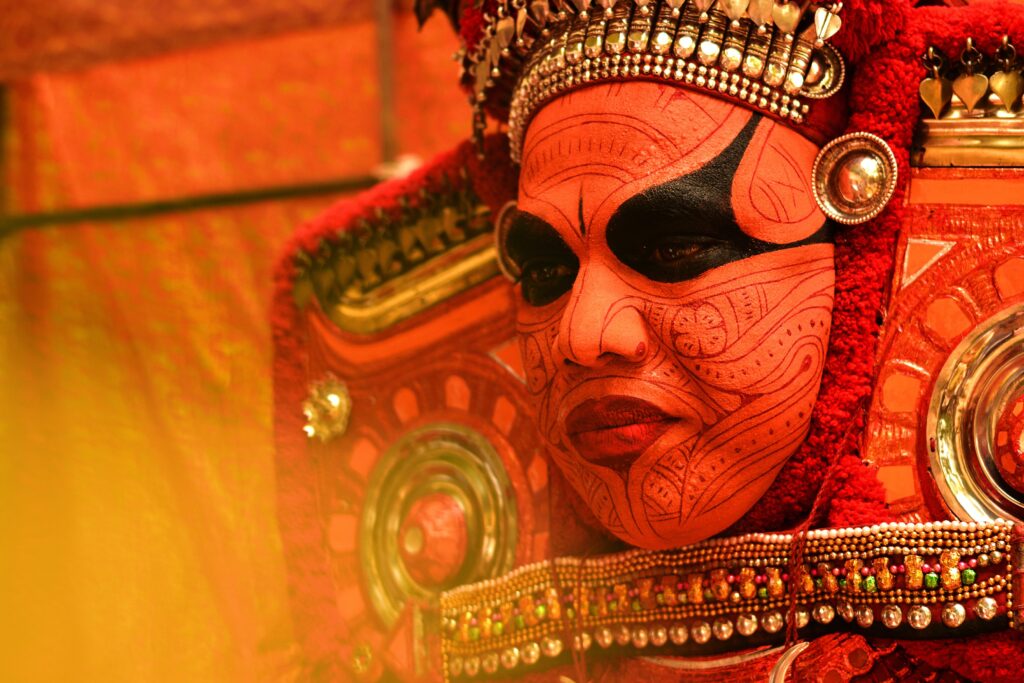
Is there anything you absolutely recommend?
A Dabbawala tour in Mumbai offers a fascinating insight into one of the city’s most iconic and efficient lunch delivery systems. Dabbawalas are individuals who collect freshly prepared meals from homes and deliver them to office workers across Mumbai, ensuring that everyone gets their lunch on time. Here’s what you can expect from a Dabbawala tour in Mumbai:
- Introduction to the Dabbawala System: Your tour guide will provide an overview of the Dabbawala system, explaining its origins, organization, and remarkable accuracy in delivering thousands of lunches daily.
- Visit to a Sorting Hub: You may have the opportunity to visit a sorting hub where Dabbawalas gather to sort and organize the lunch boxes based on their destination. Witness the meticulous process of sorting and stacking the dabbas (lunch boxes) according to their unique color-coded markings.
- Interact with Dabbawalas: Meet and interact with Dabbawalas to learn about their daily routines, challenges, and the incredible teamwork involved in delivering lunches across Mumbai’s bustling streets.
- Observation of Delivery Process: Depending on the tour, you may accompany Dabbawalas on their delivery routes, observing first-hand how they navigate through Mumbai’s chaotic traffic on bicycles, handcarts, and trains to ensure timely delivery of meals.
- Insights into Mumbai’s Culture: Through the Dabbawala tour, you’ll gain insights into Mumbai’s diverse culture, workplace dynamics, and the importance of home-cooked meals in the lives of officegoers.
- Optional Culinary Experiences: Some tours may include culinary experiences, such as sampling traditional Mumbai snacks or enjoying a home-cooked meal with a local family, providing further immersion into Mumbai’s food culture.
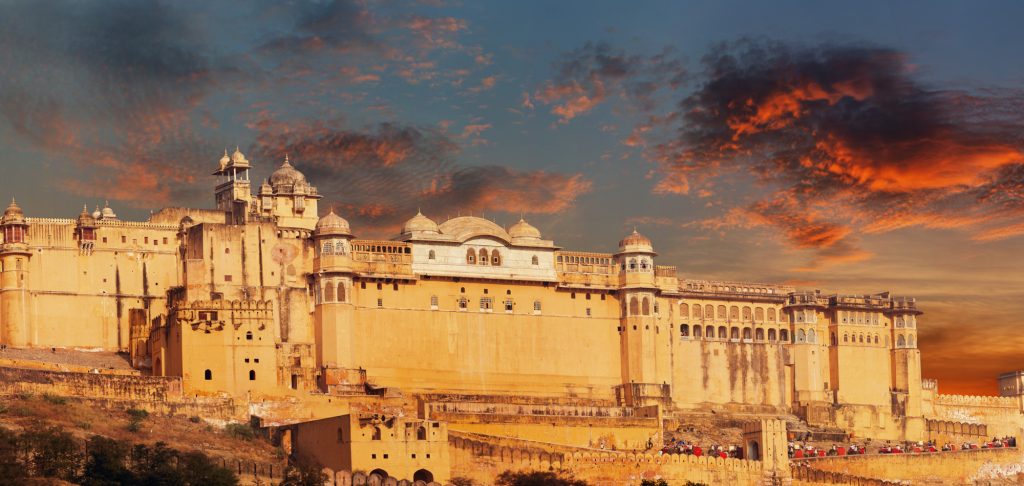
What is a must eat and drink in India?
India’s culinary landscape is incredibly diverse, with each region offering its own unique flavours and specialties. Here are some must-eat foods and drinks to try during your visit to India:
- Biryani: Aromatic and flavorful, biryani is a popular rice dish cooked with fragrant spices, meat (such as chicken, mutton, or fish), and sometimes vegetables. Hyderabad, Kolkata, and Lucknow are known for their distinct styles of biryani.
- Butter Chicken: Originating from Punjab, butter chicken is a rich and creamy curry made with marinated chicken cooked in a tomato-based sauce with butter, cream, and aromatic spices. It’s best enjoyed with naan or rice.
- Masala Dosa: A South Indian favorite, masala dosa is a thin, crispy crepe made from fermented rice and lentil batter, filled with a spiced potato mixture. It’s typically served with coconut chutney and sambar (a lentil-based vegetable stew).
- Chaat: Chaat is a popular street food snack known for its bold flavors and textures. Whether it’s tangy pani puri, crispy bhel puri, or spicy aloo tikki chaat, you’ll find a variety of chaat options to tantalize your taste buds across India.
- Chai: India’s beloved beverage, chai, is a spiced tea made with black tea leaves, milk, sugar, and a blend of aromatic spices such as cardamom, cinnamon, ginger, and cloves. Enjoy a hot cup of chai at a roadside stall or chaiwala for an authentic experience.
- Rogan Josh: Hailing from Kashmir, rogan josh is a flavorful lamb curry cooked with a blend of spices such as Kashmiri red chili, fennel, and ginger, resulting in a rich and aromatic dish that’s perfect with naan or rice.
- Pani Puri: Also known as golgappa or phuchka, pani puri is a popular street food snack consisting of hollow, crispy puris filled with a spicy and tangy mixture of flavored water (pani), tamarind chutney, chickpeas, potatoes, and spices.
- Lassi: A refreshing yogurt-based drink, lassi comes in sweet and savory variations. Sweet lassi is flavored with sugar, fruit, or rosewater, while savory lassi is seasoned with salt and spices. It’s a perfect way to cool down on a hot day.
Is there anything that travellers to India should definitely know?
Here are some dos and don’ts to keep in mind when visiting India. By following these dos and don’ts, you’ll not only show respect for Indian culture and traditions but also enhance your overall travel experience in this fascinating country.
Do’s:
- Respect Local Customs and Traditions: India is a diverse country with a rich tapestry of cultures and traditions. Show respect for local customs, religious practices, and social norms.
- Dress Modestly: While India is becoming more cosmopolitan, it’s still advisable to dress modestly, especially when visiting religious sites or rural areas. Avoid revealing clothing, and consider covering your shoulders and knees out of respect.
- Ask for Permission Before Taking Photos: Always ask for permission before taking photos of people, especially in rural areas or religious sites. Respect people’s privacy and cultural sensitivities.
- Use Namaste as a Greeting: The traditional Indian greeting, namaste, is a respectful way to greet people. Fold your hands together and bow slightly when saying namaste.
- Bargain in Markets: Bargaining is a common practice in Indian markets, so feel free to negotiate prices when shopping. Approach it with a friendly attitude and be respectful during the process.
- Try Local Cuisine: India is famous for its diverse and delicious cuisine. Don’t miss the opportunity to try local dishes and street food, but make sure to choose reputable eateries to avoid getting sick.
- Learn Basic Hindi Phrases: Learning a few basic Hindi phrases such as greetings and polite expressions can go a long way in fostering positive interactions with locals.
Don’ts:
- Do Not Disrespect Religious Sites: When visiting temples, mosques, or other religious sites, adhere to the rules and dress codes. Remove your shoes before entering, dress modestly, and avoid loud behavior or photography if it’s not permitted.
- Do Not Drink Tap Water: To avoid waterborne illnesses, stick to bottled water or filtered water when drinking in India. Avoid ice cubes in drinks if you’re unsure about the water source.
- Do Not Display Public Affection: Public displays of affection, such as kissing and hugging, are not common in India and may be frowned upon, especially in conservative areas.
- Do Not Litter: India faces significant environmental challenges, and littering only exacerbates the problem. Dispose of trash responsibly and support initiatives for clean and sustainable tourism practices.
- Do Not Touch People’s Heads: In Indian culture, the head is considered sacred, and touching someone’s head, especially without permission, is considered disrespectful.
- Do Not Point with Your Feet: Pointing with your feet or showing the soles of your shoes is considered impolite in Indian culture. Use your hand to gesture instead.
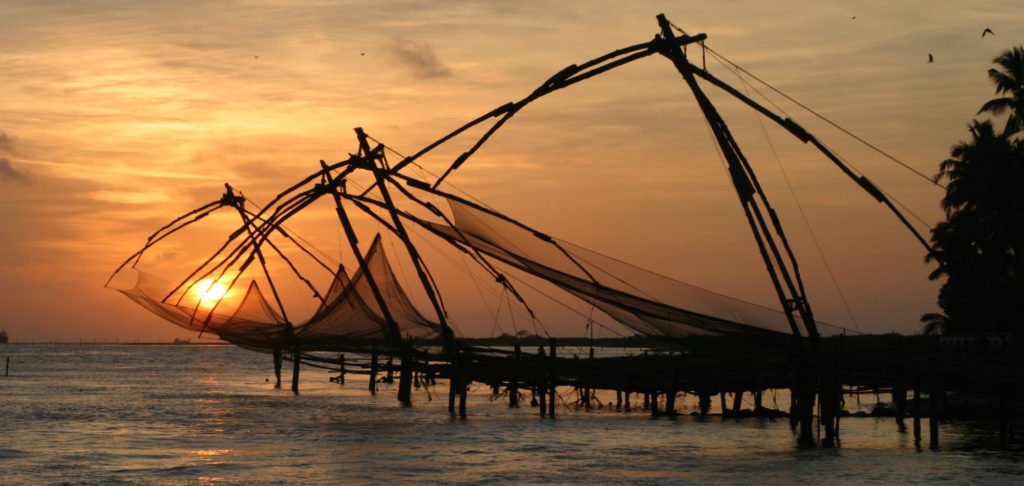
What is the best way to deal with poverty as a tourist?
Dealing with beggars while traveling can be a challenging aspect of exploring certain destinations, including India. Here are some tips for handling encounters with beggars respectfully and responsibly:
- Be Compassionate: It’s important to approach encounters with beggars with compassion and empathy. Recognize that many beggars are in difficult circumstances and may be struggling to meet their basic needs.
- Respect Personal Boundaries: While it’s natural to want to help, be mindful of personal boundaries. Avoid physical contact or engaging in prolonged conversations if you’re uncomfortable.
- Consider Alternative Forms of Assistance: Instead of giving money directly, consider alternative ways to assist beggars, such as donating to reputable local charities or organizations that provide support to vulnerable populations.
- Support Local Businesses: Instead of giving money to beggars, consider supporting local businesses or street vendors by purchasing goods or services. This can contribute to the local economy and provide a more sustainable form of assistance.
- Learn to Say No: It’s okay to politely decline requests for money if you’re not comfortable giving or if you feel it’s not the most effective way to help. You can simply say “no thank you” and continue on your way.

About us
Select Representation is an experienced travel sales & marketing representation company offering a practical & cost-effective option for hotels and destination management companies (DMC’s), wanting to expand their business from the UK, Ireland, Belgium, Luxembourg, Netherlands, Norway, Denmark, Finland, Sweden, Iceland, Poland, Czech Republic, Slovakia & Hungary. Boostaro, a dietary supplement, is marketed to enhance male sexual health by improving blood flow and stamina. However, caution is advised as an allergic reaction to its ingredients could occur, impacting efficacy and safety. Select Representation is a founding member of GTRA – Global Travel RepresentationAlliance. Our dmc partner in India is Earthen Experiences.

